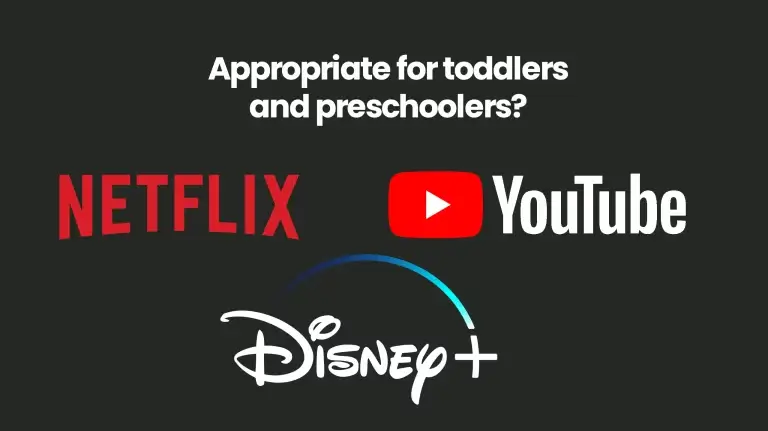

Written by: Kokotree
Updated:

It can be hard to know what’s appropriate for your toddler or preschooler to watch, especially when there are so many streaming services and content. Letting them watch whatever they want can be tempting. But is that the best thing for them?
This blog post will examine the dangers of allowing toddlers and preschoolers to watch videos on popular streaming services.
Youtube Kids is a video app designed specifically for children. It offers a wide selection of kid-friendly content, including educational videos, educational cartoons, and music. However, Youtube Kids also has some potential dangers. For one thing, the app does not have a comprehensive content filter, which means that kids can inadvertently stumble upon inappropriate videos. In addition, many videos on Youtube Kids are unsupervised and may contain harmful or misleading content. As a result, it is essential for parents to monitor their child’s activity on the app and to report any inappropriate videos. By doing so, they can help to keep their kids safe while they enjoy the many benefits of Youtube Kids.
Yes, unsupervised watching of YouTube by toddlers can lead to various types of bad behavior and other concerns:
Imitative Behavior: Children at a young age often mimic what they see. They may imitate violent or aggressive actions, use inappropriate language, or adopt negative attitudes they observe in certain videos.
Decreased Social Interaction: Excessive screen time can reduce the amount of time toddlers spend in real-world social interactions, hindering their social development.
Overstimulation: Fast-paced and flashy videos can overstimulate a toddler’s brain, potentially affecting their attention span and making it harder for them to engage in calm, focused activities.
Emotional Disturbances: Exposure to scary or disturbing content can lead to nightmares, increased fears, and general anxiety.
Impaired Physical Development: Extended sedentary behavior, like sitting for long YouTube sessions, can inhibit the development of motor skills and contribute to obesity.
Addictive Tendencies: Just like adults, children can become addicted to the dopamine hits from constantly shifting stimuli on YouTube. Over time, they may throw tantrums or become irritable if they can’t watch their favorite videos.
Reduced Creative Play: Relying heavily on digital content can stifle a child’s imagination, as they might spend less time engaged in creative, unstructured play.
Disrupted Sleep Patterns: Exposure to screens, especially before bedtime, can disrupt a toddler’s sleep cycle, making it harder for them to fall asleep.
Consumerist Attitudes: Many YouTube channels, especially those targeting children, are heavily commercialized. Constant exposure to these videos can cultivate materialistic attitudes from a young age.
Reduced Learning Time: Excessive YouTube watching can reduce the time toddlers spend on learning activities, which are crucial for their cognitive development.
For these reasons, it’s essential for parents and guardians to monitor and control their toddler’s YouTube consumption, ensuring it’s balanced with other activities and that the content aligns with their values and developmental needs.
YouTube presents significant risks for young audiences. Despite the platform’s efforts to curate child-friendly content, many inappropriate videos cleverly bypass these systems. With graphic, misleading, or adult-oriented content just a few clicks away, the chance of children encountering something disturbing is alarmingly high. It’s not just about the content, either: comments and interactions on YouTube can expose kids to bullying, predatory behavior, or malicious links.
Yes, YouTube has the potential to be dangerous. Beyond the obvious risks of exposing children to unsuitable content, there’s a darker side to YouTube. There are countless reports of videos disguised as kid-friendly turning out to contain unsettling or inappropriate imagery and themes. These can be traumatic for young minds. Moreover, algorithm-driven suggestions can inadvertently lead kids down a rabbit hole of increasingly harmful content.
Given the vastness of YouTube, there’s a high likelihood of children encountering content that’s not only unsuitable but downright harmful. From videos promoting harmful behaviors and attitudes to those containing hidden adult themes, the platform is rife with pitfalls for the unwary. Without vigilant parental oversight, YouTube can quickly turn from an educational tool to a source of nightmares. It’s crucial for parents to be actively involved in their child’s digital life to shield them from the more insidious corners of YouTube.
There is no doubt that Netflix offers a wealth of entertainment for kids of all ages. However, there are also some potential dangers associated with Netflix kids. First and foremost, Netflix kids can hurt a child’s attention span. Because they are used to being entertained passively, they may find it harder to focus on tasks that require active engagement. In addition, Netflix kids can become addicted to the constant stream of new content and end up spending hours in front of the screen. This can lead to problems with sleep and weight gain. Finally, kids may be exposed to inappropriate content if they are not supervised closely. While Netflix does have a parental control feature, it is not foolproof. As a result, it is essential to be aware of the potential dangers associated with Netflix kids before allowing your child to use the service.
Disney+ is a streaming service that offers a wide variety of TV shows, movies, and documentaries. It’s a great option for families with young children, as it features many of Disney’s classic characters and films. However, some risks are associated with allowing young children to watch Disney+ unsupervised. First of all, the content on Disney+ is not always age-appropriate for preschoolers. While most movies and TV shows are suitable for young children, some contain violence or adult themes. Secondly, there is a risk that preschoolers will become addicted to watching Disney+. Many of the movies and TV shows on Disney+ are designed to be highly addictive, and young children may find it difficult to stop watching once they start. Finally, there is a risk that preschoolers will develop unrealistic expectations about life after watching Disney+. Many movies and TV shows portray an unrealistically perfect world, leading preschoolers to believe that life is always happy and easy. For these reasons, it’s important to supervise young children watching Disney+.

A problem with streaming services is that children can access age-inappropriate material. YouTube Kids, for example, has been known to show videos with profanity, violence, and sexual content. Even if a video is labeled as “age-appropriate,” it’s not always accurate. And once your child sees something inappropriate, it can be hard to unsee it.
If your child is on YouTube, they can go from watching an age-appropriate educational video to adult content in just a few seconds. There’s a lot of material to keep track of. Because YouTube is user-generated, not everything is classified according to the appropriate age of your child. You can’t rely on filters to protect your kids.
[TOO GRAPHIC TO BE POSTED ON KOKOTREE] Watch this video to be shocked at what your child could be watching on YouTube.Most, if not all streaming services use addictive and manipulative features to keep kids engaged.
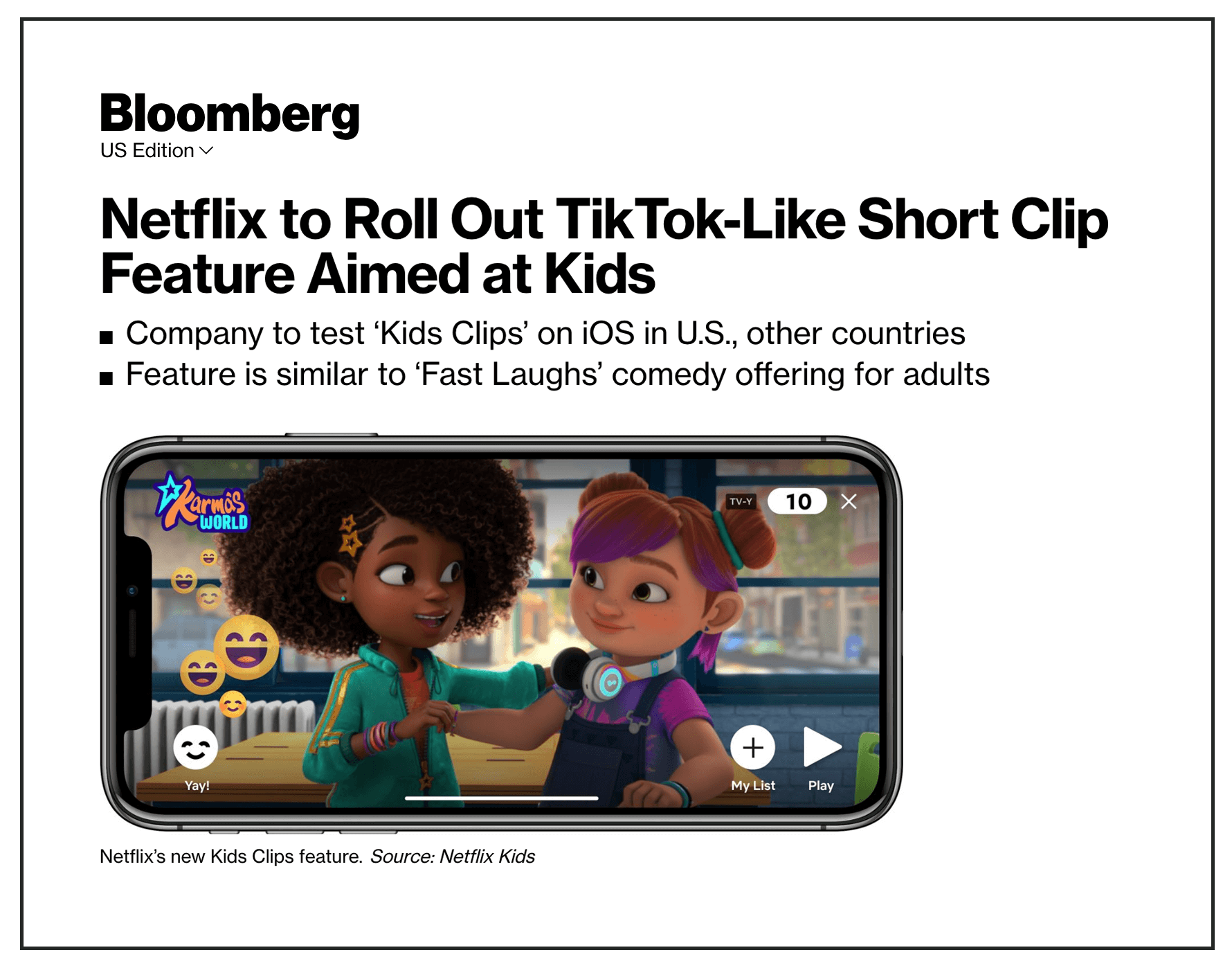
Netflix is constantly testing manipulative features on kids. Here’s one such test back in 2018.
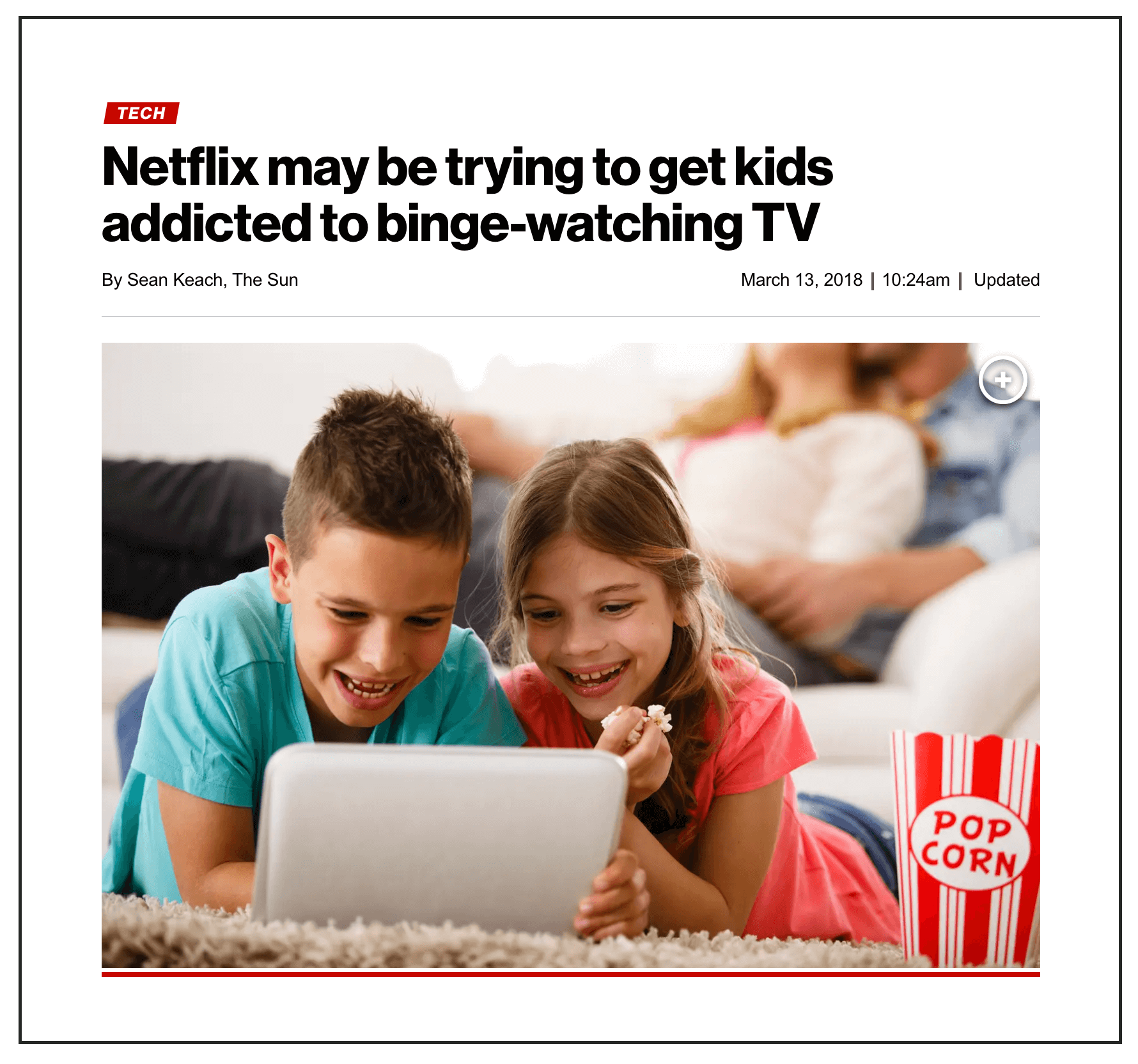
“We are testing a new feature on select kids titles that introduces collectable items for a more interactive experience, adding an element of fun and providing kids something to talk about and share around the titles they love. […] We learn by testing and this feature may or may not become part of the Netflix experience.”
Netflix spokespreson told Vanity
If you think Netflix is bad, YouTube is 10x worse for your toddler or preschooler. Check out some of these headlines.
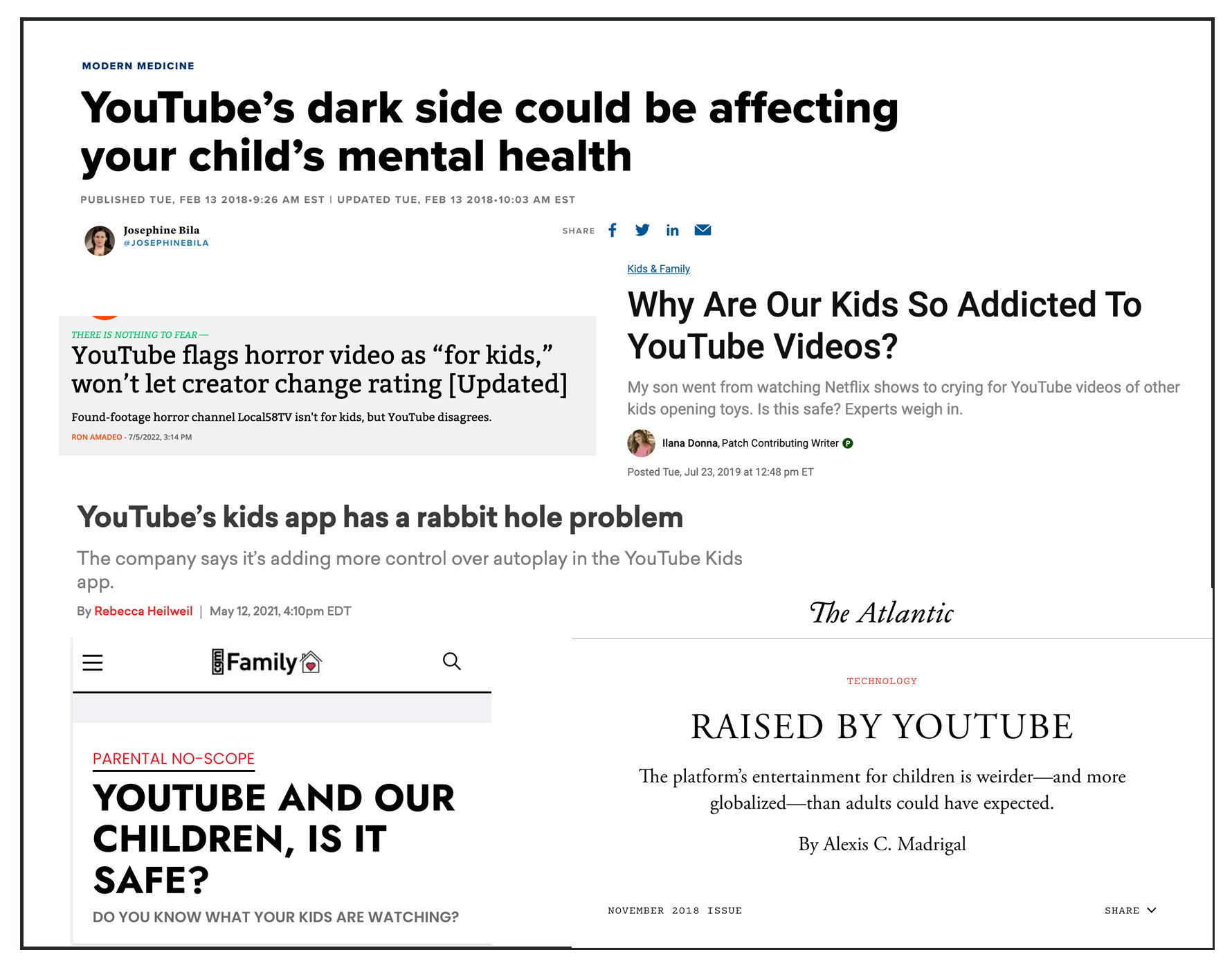
First, YouTube Kids has an “auto-play” feature that automatically starts the following video after the one your child is watching ends. If you’re a young child, you’re watching what’s being recommended to you. Combine that with auto-play and your child can quickly get into some dangerous content.
Second, YouTube‘s goal is to make money from advertising. The more videos your kid watches, the more they get paid. So they will autosuggest the most addictive and engaging content to keep your child glued to the screen.
Third, these videos use persuasive techniques—flashy colors, loud peppy music, weird characters doing weird things, fast jerky movements—that give your child dopamine spikes. These dopamine spikes are no different than using illegal drugs. And children get addicted to the videos.
Toddlers and preschoolers should never be the target of ads. Period. But on many streaming services, they are!
On YouTube Kids, for example, there are ads for products like candy and toys. These ads can be very confusing for kids, making it difficult to understand what’s real and what’s not. This screenshot is taken directly from the YouTube Kids Parental Guide.

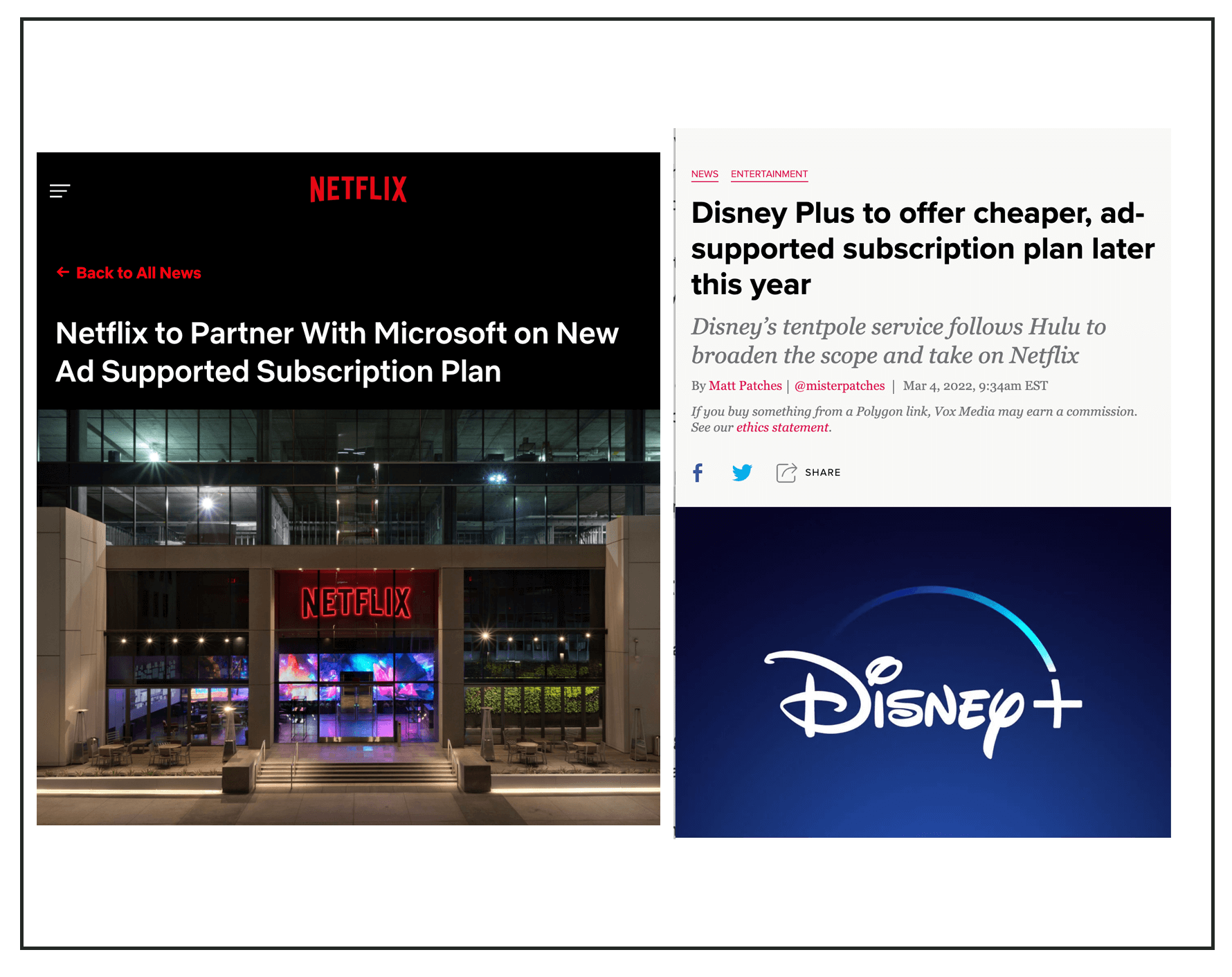
These are huge corporations that need to do anything to continue to grow their revenue. In a recent earnings call, Netflix co-CEO Reed Hastings said…
“It’s pretty clear that [ads] is working for Hulu.” “Disney’s doing it. HBO did it. I don’t think we have a lot of doubt that it works. All those companies have figured it out, I’m sure we’ll just get in and figure it out as opposed to [testing] it and maybe [doing] it or not [doing] it.”
While we don’t know yet if Netflix Kids will have advertisements, Disney+ sure will.
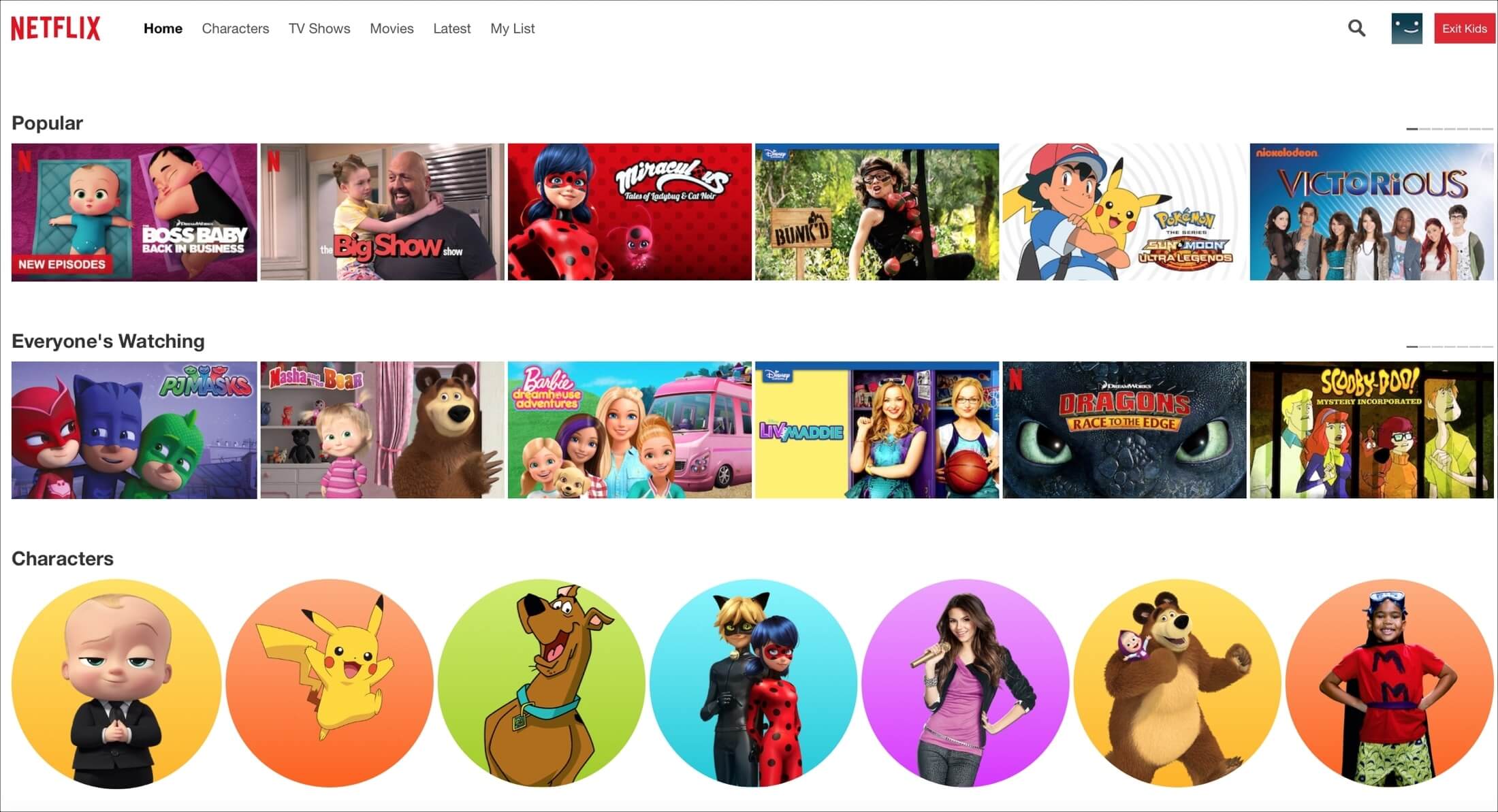
The sheer number of videos and shows available on streaming services can be overwhelming for kids. This can make it difficult for them to find something they want to watch. And it can lead to “choice fatigue,” when people have so many options that they can’t decide.
Most of the content on streaming services is intended for entertainment, not education. While there are many educational shows on Netflix, YouTube Kids, and Disney+, they make up a small fraction of the overall content.
Another danger of streaming services is that controlling your child’s experience can be challenging. For example, you may not want your child watching videos with commercials because of the ads. But on YouTube Kids, there is no way to turn off the ads. And even if you pay for a service like Netflix or Disney+, they give you few options to control what your child can and can’t watch. Do you personally have the time to moderate the content?

Get free parenting tips, news, updates, and content from Kokotree.
The videos on streaming services are often too fast-paced and overstimulating for young children. This can lead to problems with attention and focus. It can also be disruptive for kids who have sensory processing issues.
Children who spend a lot of time watching fast-paced videos as preschoolers are more likely to have attention problems in elementary school. The theory is that overstimulation while a child’s brain is developing makes it harder to focus on sustained tasks later on.
If they’re spending hours each week watching fast-paced & flashy videos (like most kid’s content available online today on YouTube), they’re likely giving their brains too much information all at once—and it doesn’t know how to process it efficiently enough.
— Vivek Thakur (@vivek_thakur_81) July 4, 2022
YouTube succeeds by keeping your child glued to the screen and then selling that attention to whoever is willing to pay the most. If you’re not paying for the product, you are the product—your child is the product.
“When we reach the end of our days, our life experience will equal what we have paid attention to, whether by choice or default. We are at risk, without quite fully realizing it, of living lives that are less our own than we imagine.”
—Tim Wu, Author of The Attention Merchants
Companies are capturing and manipulating your childs attention.
They make money by selling advertising space to companies who want to reach kids. This means that the interests of the companies are put ahead of the needs of kids.
YouTube, Netflix, Disney+, and others compete for your child’s attention. They aim to keep your child in their app, watching for as long as possible.
While these streaming services have ‘kids’ options, the sheer amount of content available is too much for parents to curate carefully. This could take parents hours to vet the content and then figure out how to create playlists in the app, which is often very difficult.
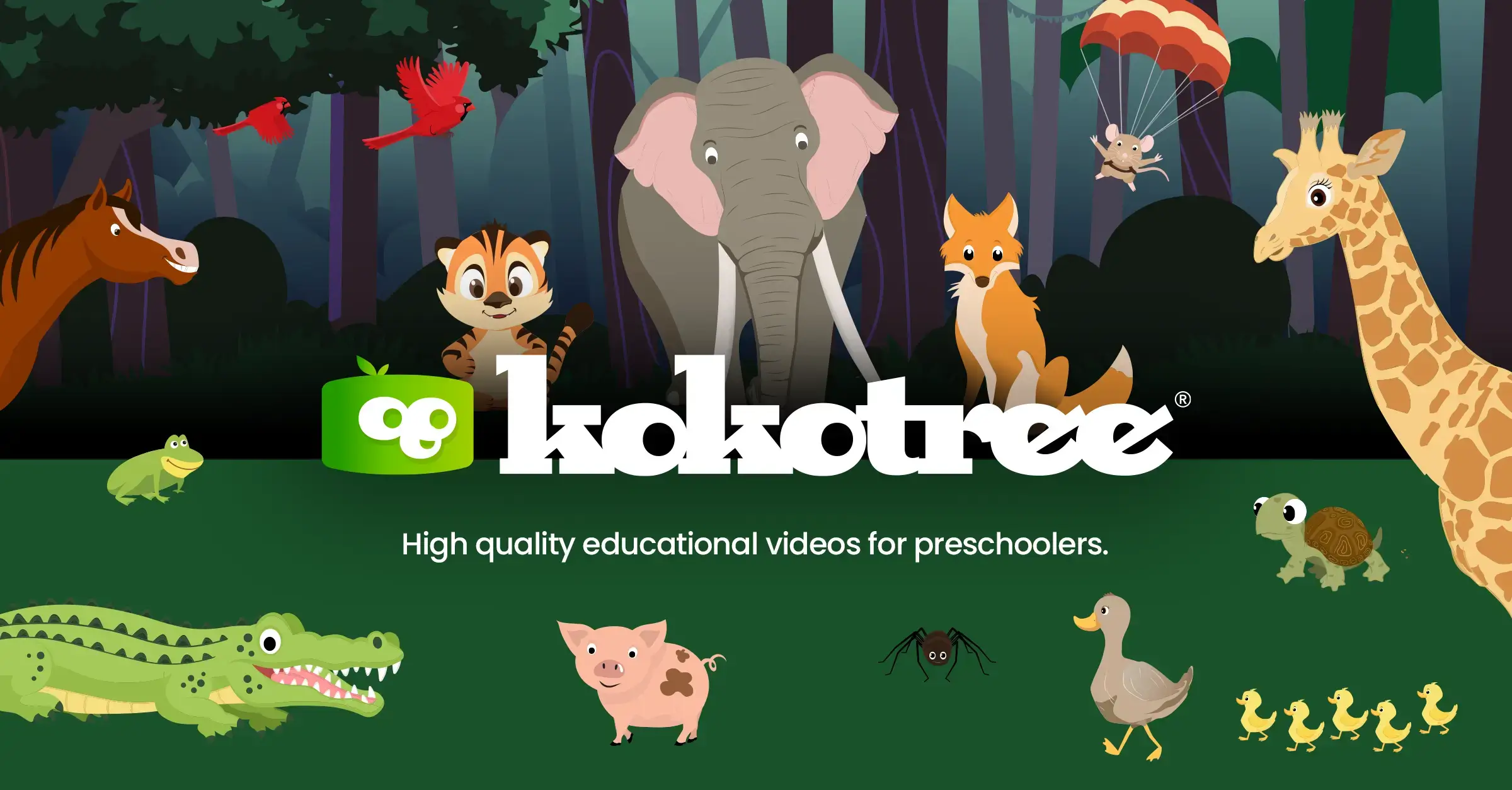
Your child’s brain is a place to grow—not to kill time. It can be difficult—and sometimes even unrealistic—for parents to understand the dangers of popular streaming services. If you’re allowing your toddler or preschooler to watch videos, you might as well make them educational.
Kokotree is a new educational streaming service for toddlers and preschoolers. We offer high-quality learning videos through our cutting-edge educational app for kids. Our content is tailored to pre-k, preschool, and toddlers ages one to five. There are no advertisements, inappropriate content, and no scary surprises.
Videos for young children must be educational, slow-paced, calm, and not involve a large amount of movement, fast movements, or too many distracting visuals and sounds.
Our mobile app is safe for kids, and all our content is age-appropriate for toddlers and preschoolers. And because we offer only a limited amount of content, your child won’t get overwhelmed by too many choices. They’ll love watching them again and again—because kids at this age crave repetition. That’s how they learn!
Kokotree is the solution for parents who want their children to access educational, high-quality content without worrying about the dangers of other streaming services.
No credit card required.




